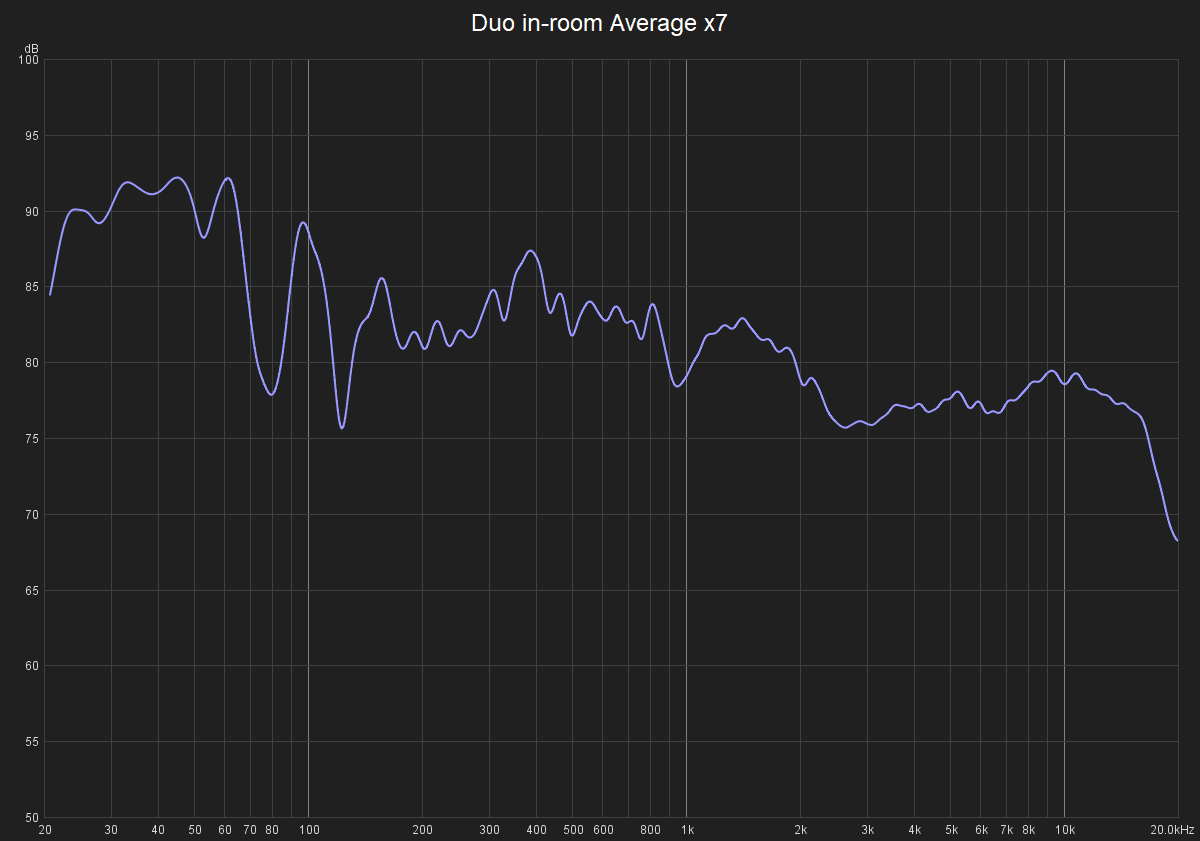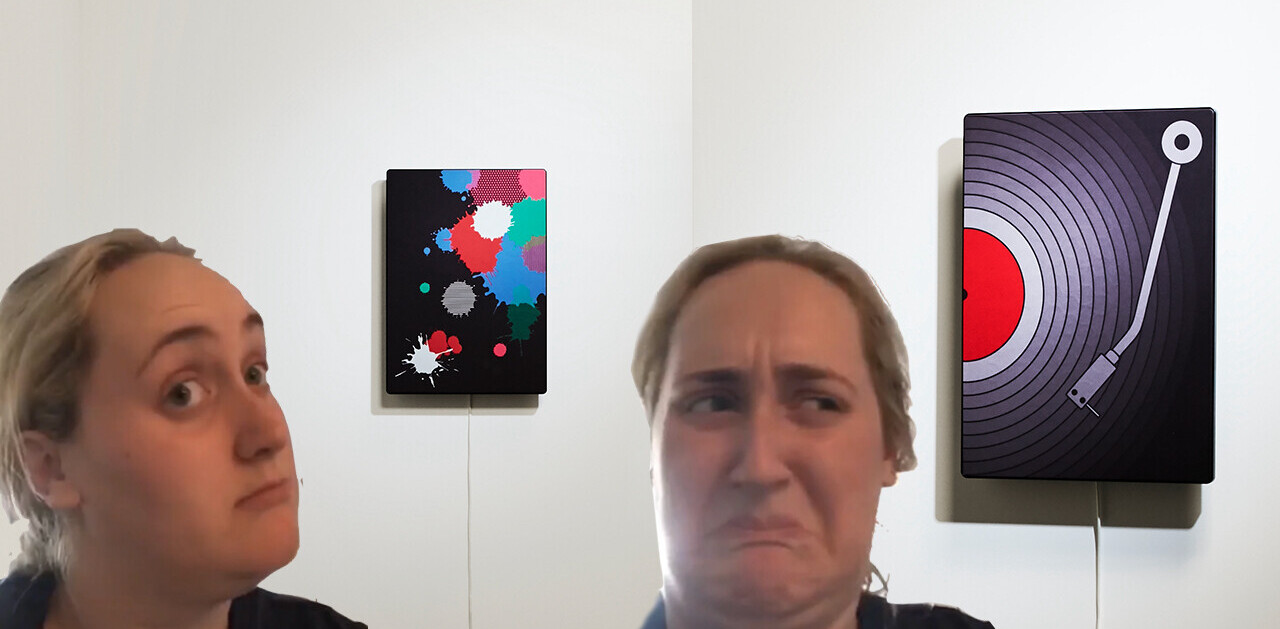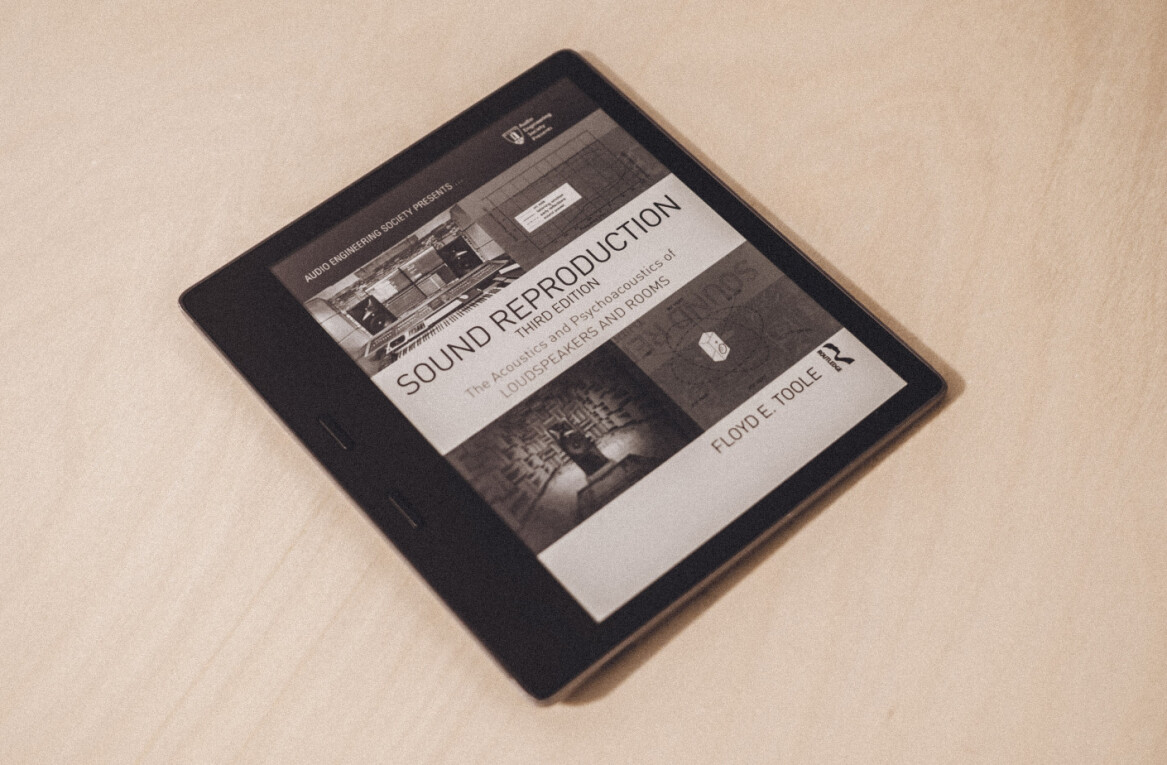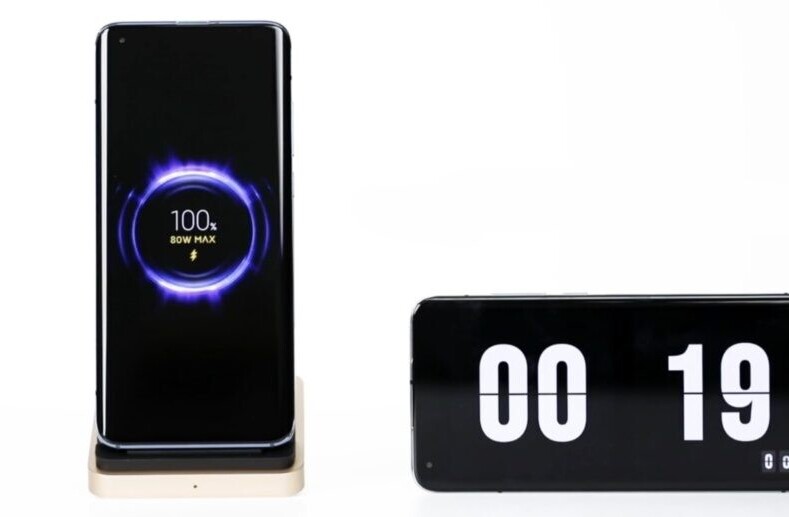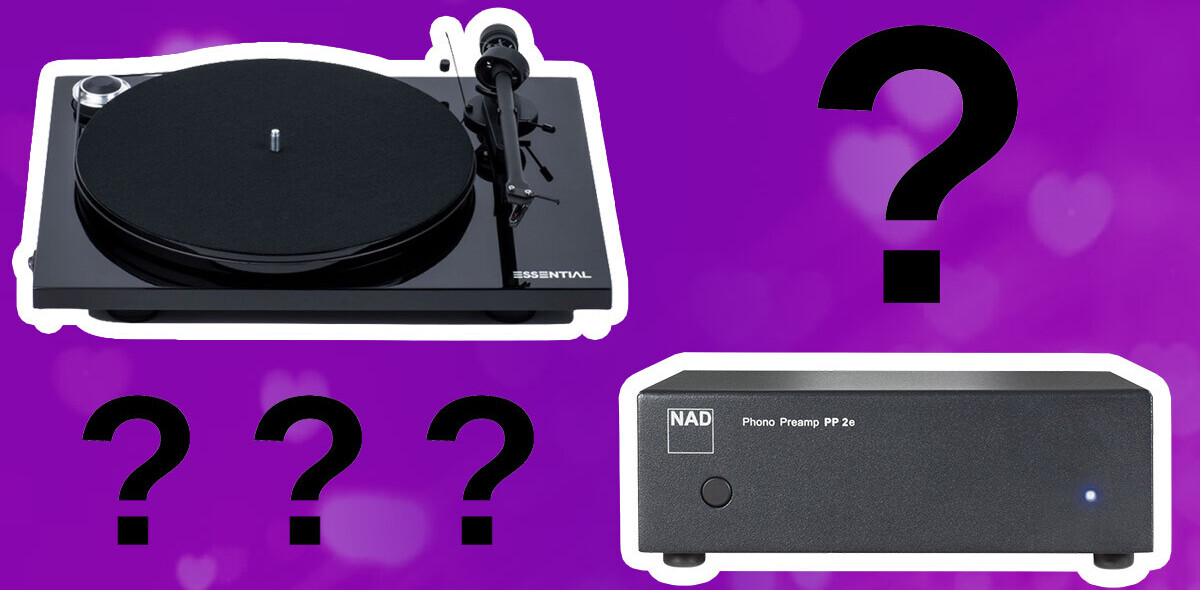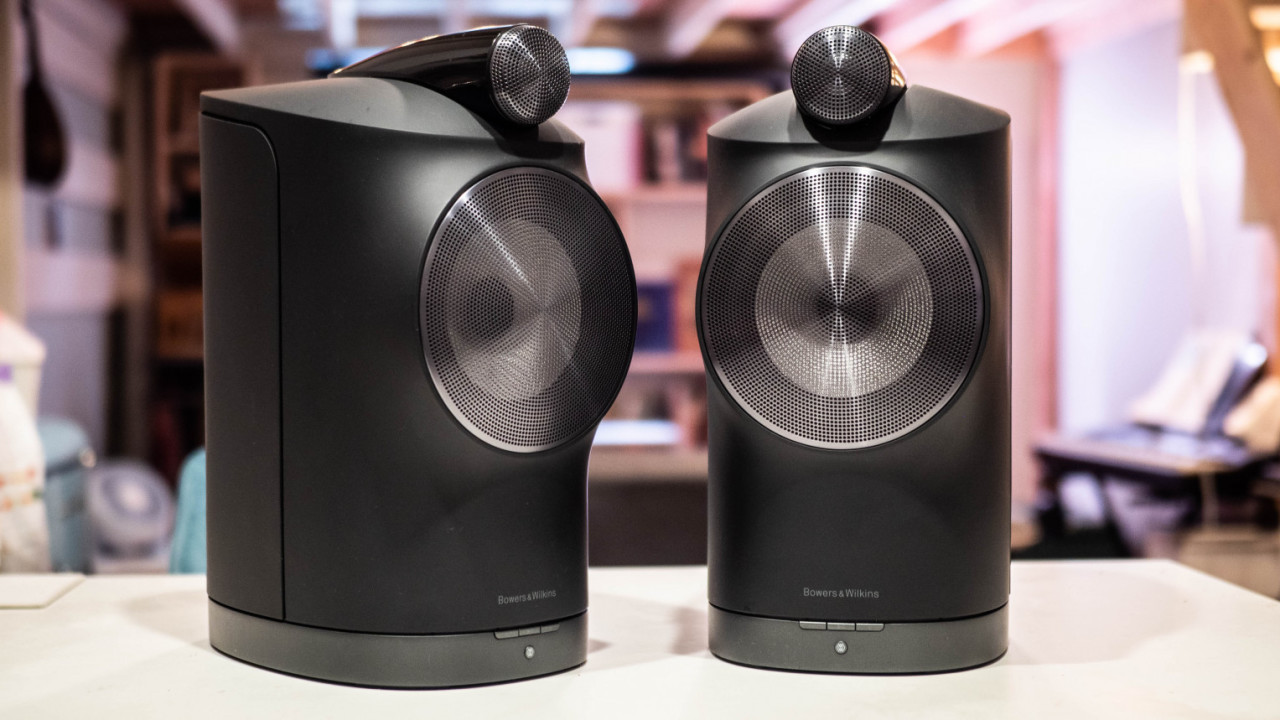
As a general rule, audiophiles are skeptical of wireless audio. Despite a few popular models like the KEF LSX, audio enthusiasts have met wireless speakers with some apprehension given the technology typically degrades sound quality at least a little, and almost always introduces latency. It runs counter to the audiophile’s stereotypical desire for ‘purity.’
But then this past April, the venerable audio company Bowers & Wilkins announced its Formation suite of wireless speakers. Using custom-made wireless technology, it set out to prove latency and signal degradation needn’t afflict wireless speakers.
The subject of today’s review is the Formation Duo, the flagship of the family and one of the most high-end wireless speakers on the market to date. At $4,000 a pair, it has the price tag to match.

I can see some readers clicking away now, but those such prices are hardly unseen in the world of high-end audio – they’re just rare for a wireless speaker. The price must therefore be put into context: the Formation Duo is less expensive than B&W’s flagship 805 D3 Bookshelf speaker ($6,000), yet it offers wireless capability, deeper claimed bass extension, and a smaller, sleeker package. In some respects, it’s not really fair to compare the Formation Duo to passive bookshelf speakers. As we’ll see later, the Formation Duo leverages its digital technology to offer bass that rivals giant tower speakers.
All that sound emanates from a svelte package that looks like nothing else out there. Aesthetics are subjective, but the Formation Duo will at the very least stand out from the sea of glossy box speakers on the market. The tweeter housing floating above the woofer is classic Bowers & Wilkins, but the swooping curves, metal grilles, lack of visible screws and matte finish give the impression these speakers were sculpted by a designer come back from the future. Do note, however, that the grilles are not removable.
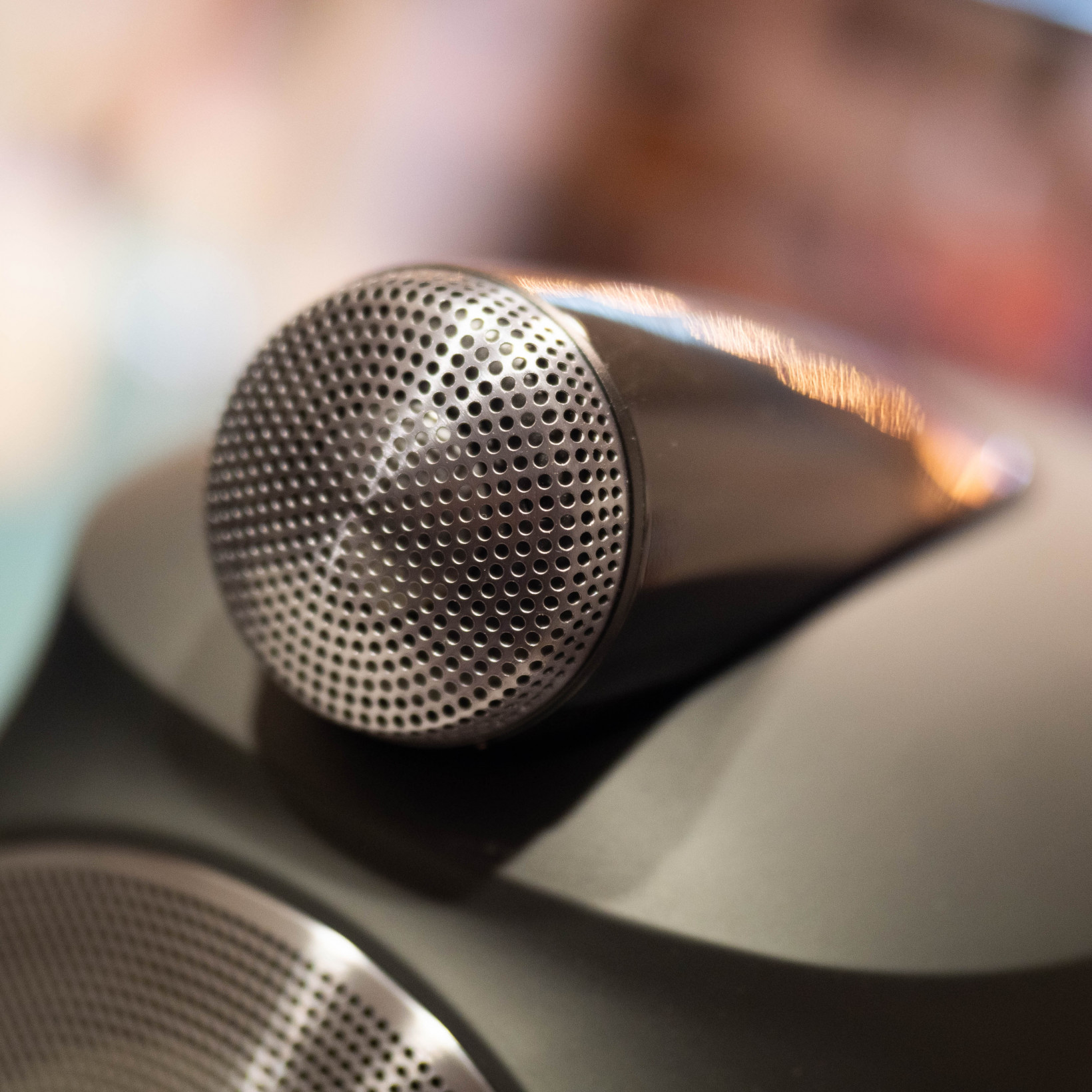
The elegant design continues with the software experience. For a first attempt at wireless speakers, B&W nailed the initial setup. Download B&W’s app, and you’ll be prompted to press a button on each speaker to connect them to your Wi-Fi. It takes just a couple of minutes to get started playing music, which you can do via Spotify Connect, Tidal, Roon, AirPlay 2, or Bluetooth (AptX HD compatible). I wish all wireless speakers were this simple to set up.
That said, things get more complicated if you want to use the speakers through a wired input, because the Formation Duo doesn’t have one. These are the only high-end wireless speakers I’ve seen that do not have a single input jack. No RCA, no optical, not even a simple 3.5mm jack.
For that, you’ll need to pony up an additional $700 dollars for the Formation Audio module. It supports RCA and optical inputs, and also includes a line-out for some reason. It works fine, but why B&W couldn’t be bothered to include so much as an aux jack on its $4,000 speakers boggles the mind.
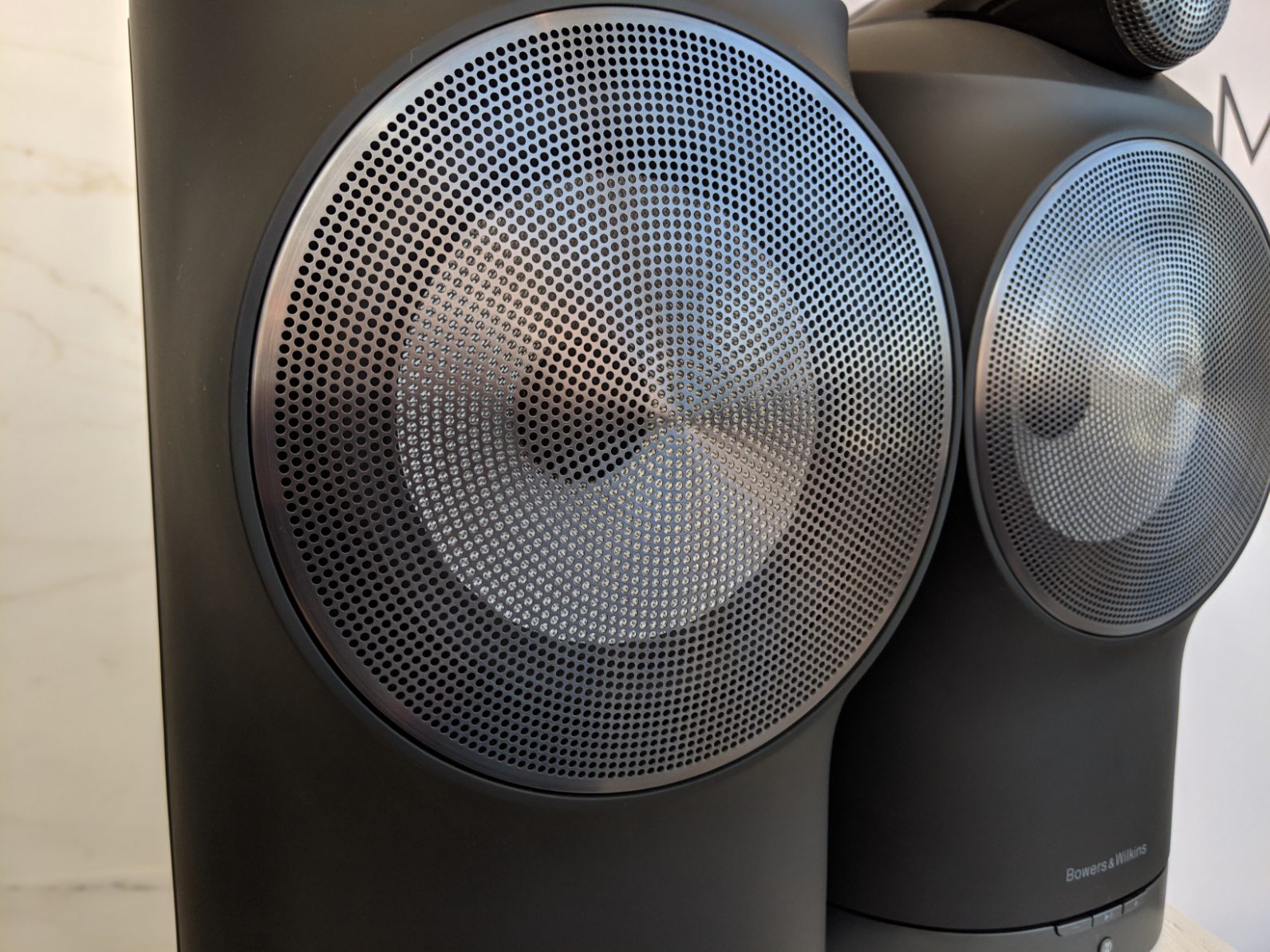
This annoyance aside, B&W delivers on its promise of wireless performance. Not a single time during my testing period did the speakers betray they were connected wirelessly, despite being surrounded by more interference than the average home (I’m a tech reviewer, after all). Of course, how well the speakers can stream music from your phone or the web will depend on the quality of your wireless network, but the connection between the left and right speakers themselves was rock solid.
With so much care put into wireless transmission, the speakers had better deliver on the actual sound. I wasn’t totally sure what to expect coming into this review. B&W’s products have been hit or miss for me, but I found myself impressed by the Formation Duo, and I think most listeners will find it a thoroughly enjoyable speaker.
I spent most of my time listening to the speakers through Spotify Connect or connected to my home theater system via the Formation Duo and a Yamaha RX-A3080 receiver. Two sonic qualities stood out to me when I first heard them in April: Treble detail and ridiculous how-are-they-doing-this bass extension. Those impressions have remained in at-home listening.
Bowers & Wilkins rates the Formation Duo as reaching down to a remarkable 25Hz. The company doesn’t specify the parameters for that figure, by my own listening and measurements show the bass here is the real deal. It’s not just flabby bass to impress either. Double bass strings have a well-defined snappiness to them. The frantic bassline in Pendulum’s Witchcraft does not resemble a cavalcade of wet farts. Orchestral climaxes hit with a kind of palpable authority that seems unreasonable for a pair of 6.5-inch drivers.
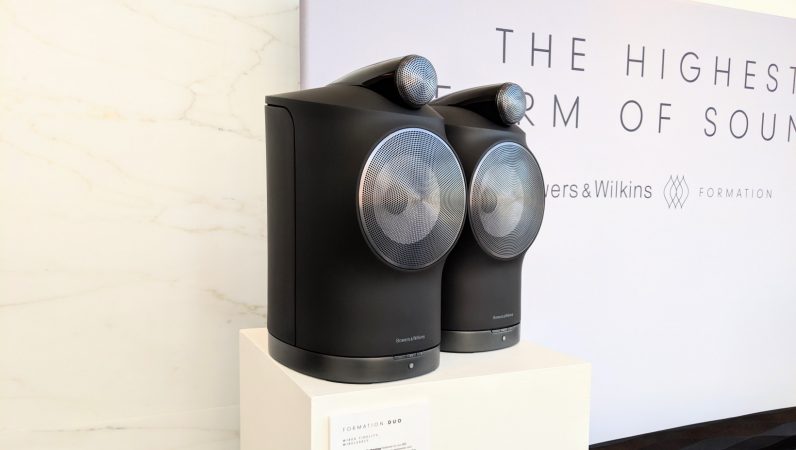
In fact, I think the Duo’s bass is a little too heavy by default. Thankfully B&W includes basic tone controls in its app; I found toning down the bass by three notches produced the evenest sound. B&W sells a sub for its Formation system, but it’s clear the vast majority of Duo buyers won’t need one.
The speaker’s overall tonality is even, albeit vocals and instrument attack are a perhaps a little laid back. Treble has a crispness and shimmer that I’ve seen in other B&W speakers, but it does not devolve into sibilance like I found with the Bowers 607. Importantly, the aforementioned tone controls allow you to adjust the speakers to your own preferences; you could bring down the treble for a warmer sound, or punch it up for something brighter. These filters can have a dramatic effect on the sound.
Dynamics are impressive. Even when I push volume levels past what I’m comfortable with, the speaker doesn’t seem to compress the way lesser wireless speakers do.
However, it’s worth noting the Formation Duo requires careful positioning – both of the speaker and my own seating. Unlike KEF’s R3 and LS50W, whose coaxial design and even dispersion maintain even timbre and sense of space throughout my room, the Formation Duo are appreciably better when I’m plopped right in the ‘sweet spot.’ B&W says toe-ing in the speakers isn’t necessary, but I preferred angling them towards the listening chair slightly.
Once positioned properly, the Duo do a fine job of separating various instruments in a busy track, but I do feel others in the price range perform better in this respect.
The much-acclaimed KEF LS50W is superior in the soundstage department and features more neutral timbre, but it doesn’t have the in-your-face detail of the Formation Duo, nor can it come close to its remarkable bass extension. Of course, for the price of the formation Duo, you could buy the LS50W and a powerful subwoofer, and I do find that setup more to my acoustic tastes. But considering the KEFs already require a cable connecting the left and right speakers, adding a subwoofer would really make it a far cry from a ‘wireless’ system.
A look at some measurements taken in my apartment further reveal some of the Formation Duo’s qualities. Using a quasi-anechoic measurement method that seeks to ignore the effects of my room and puzzle out the ‘real’ sound of the speaker. Although I form my impressions from listening before I take measurements, we can see data supporting some of the impressions I mentioned earlier.
In the above graphs, we can see the speaker’s performance on-axis (with the speaker aimed right at you), as well as the sound it emanates at more extreme angles. The ‘Listening Window’ graph is arguably the most important of these figures. It’s meant to account for flexibility in seating and movement, as we don’t usually sit perfectly still while listening and aren’t always precisely centered.
Though hi-fi manufacturers have varying ideals on how to make a good speaker, there’s a lot of research to show people tend to prefer a flat sound on-axis and smoothly changing sound off-axis. Though there is a bump around 120 hz and a dip around 2.5kHz in the on-axis sound – the latter which may account for the slightly laid back sound I mentioned earlier – the Formation Duo maintains a rather flat sound throughout most of the listening range.
(For reference on how ‘flat’ a speaker can be, you can check out my measurements of the $800 Neumann KH80. It’s a studio monitor which uses digital signal processing to achieve a ruler flat response.)
You can see, however, that sounds captured at the horizontal and vertical extremes show massive dips in the frequency response. I found this concerning for a speaker at this price point, but considering I thought the Formation Duo to sounded fairly neutral in their default tuning, it appears B&W seems took some care to keep the speaker relatively balanced in-room.
Nonetheless, this off-axis display likely explains the finicky positioning and prominent treble I mentioned earlier, as the further off you are from the speaker’s center, the more colored the sound will appear. The speaker seems particularly sensitive to vertical placement; B&W recommends your ear height be between the tweeter and the woofer for the most balanced sound, and I can echo that recommendation. Thankfully, you also have those in-app tone controls to further tweak the sound if tonality seems off to you.
The two images above show the speaker’s “in-room” response and how it compares to the Focal Kanta No 3 and KEF R3. These measurements are so wavy because of interactions with my room and are only mean to give a rough idea of bass extension in a real room. You can see the speaker maintains useful energy all the way down to the 20s – even more so than the 50-inch tall, $12,000 Focal Kanta – which is a remarkable result.
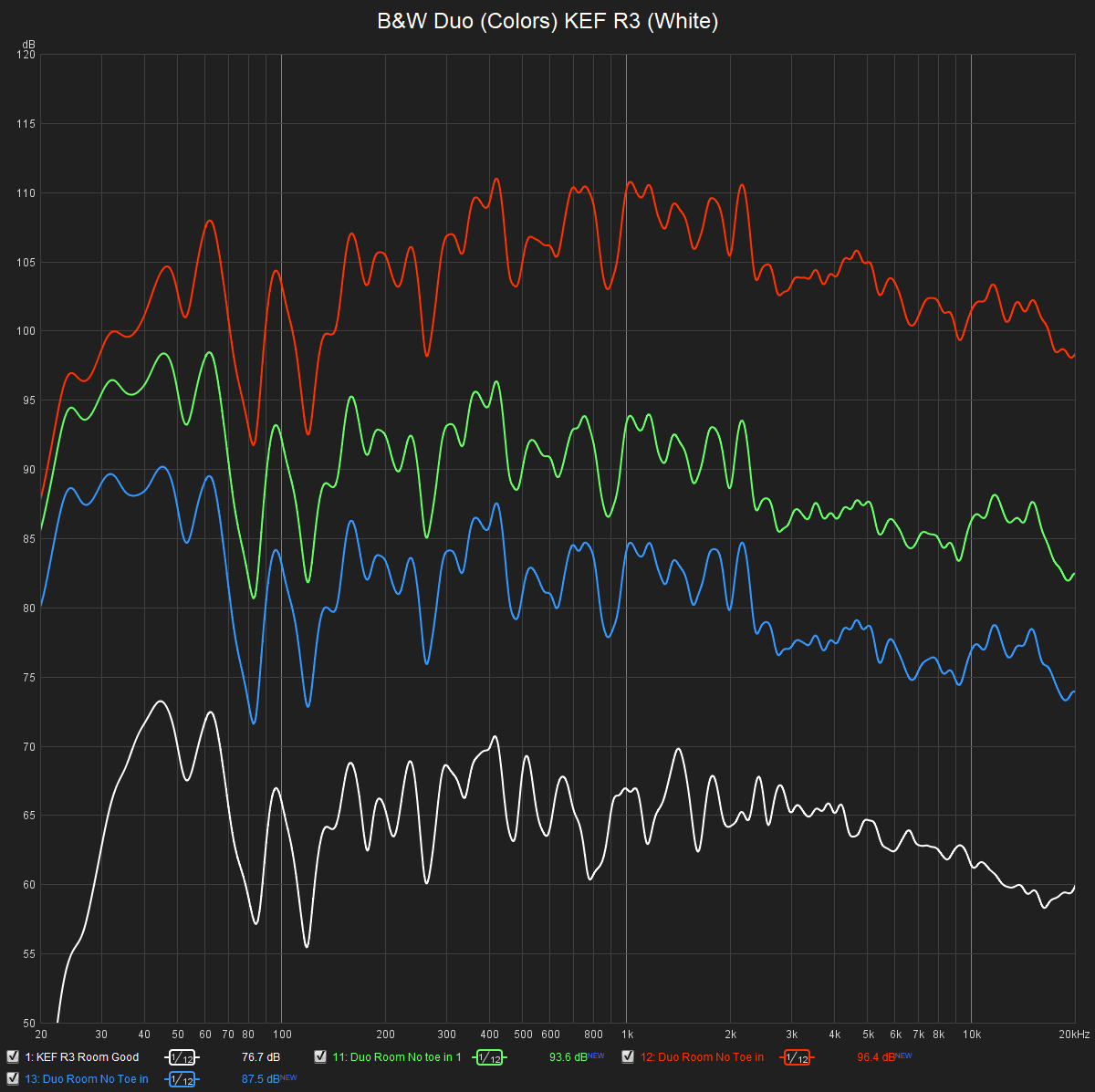
Lastly, I tested the speaker’s bass output at various volume levels. Digital signal processing can help extend a small speaker’s bass response, but there’s only so far one can push a small driver in a small cabinet. From my listening position eight feet away, the Duo doesn’t start to pull back on the bass output until 95 dB or so, which is a lot louder than I suspect most people would listen to (I don’t often go beyond 85 dB).
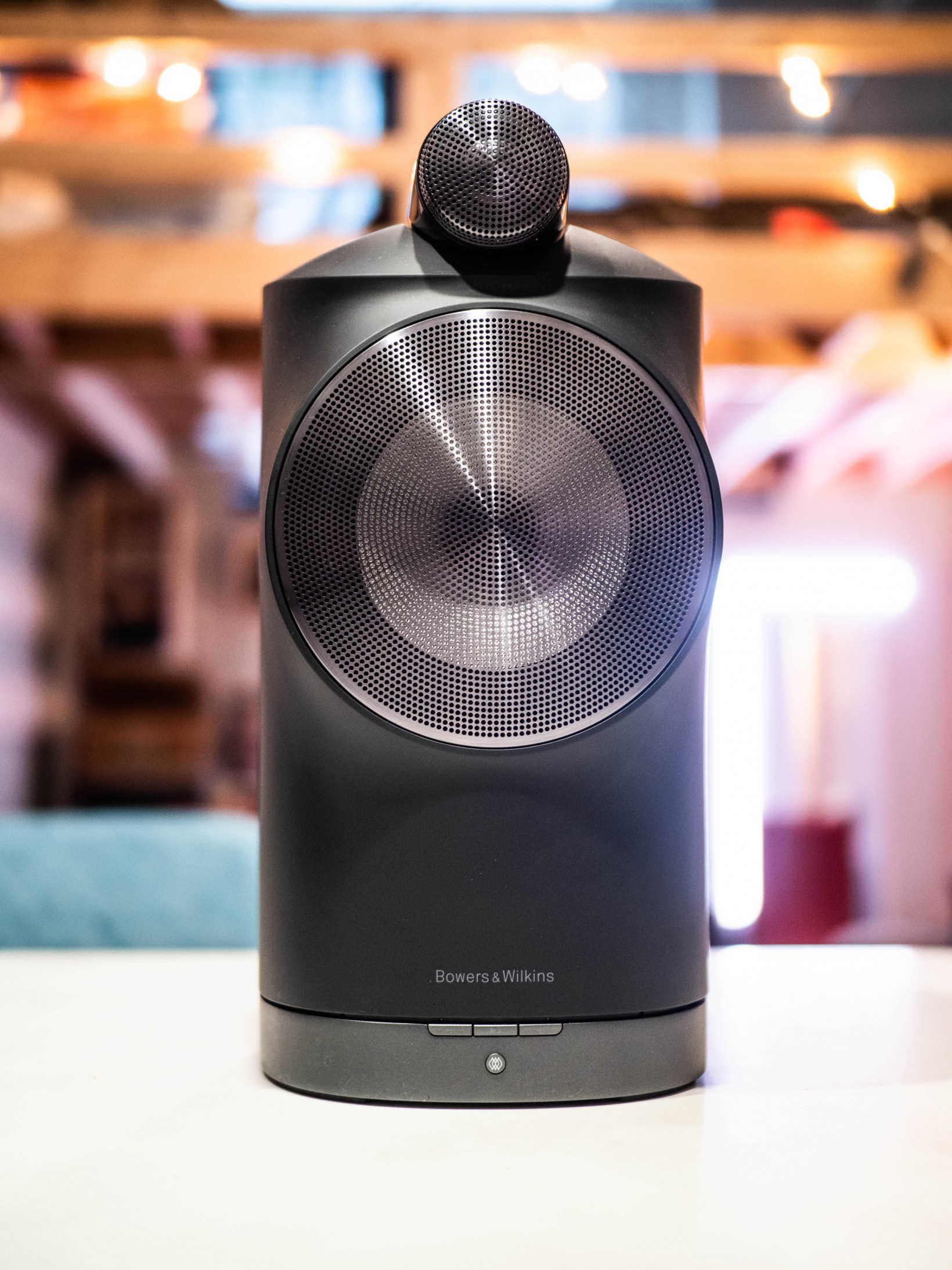
Other than their finicky positioning and disappointing lack of wired inputs, I enjoyed my time with the Formation Duo.
$4,000 is a lot of money for almost anyone to plop for a pair of small speakers – add $700 if you want to connect it to a wired source – but the Formation Duo simply don’t sound like a small pair of speakers. They offer the most reliable and wireless connection of any speaker I’ve tested, their design is stunning, and they bring more authoritative clean bass than many far larger speakers. You can probably find competitive sound quality on cheaper speakers paired with a subwoofer, but for a convenient all-in-one pair, you’d have a hard time finding speakers that perform like the Formation Duo.
Get the TNW newsletter
Get the most important tech news in your inbox each week.


